A Day for Amateur Botanists and Inca Archaeologists
The morning could not have been more perfect. A gentle rain shower broke in time for us to climb a hill above town, on our way to breakfast, where we could soak in the surroundings of this beautiful little town.
Last night, at dinner, we met a Texan, who had married a Bolivian woman and moved to Samaipata. After visiting the town, he told his wife that they had to figure out a way to live here. The answer was opening a hill top hostel and to boast of having the best breakfasts in town. Our international crew all agreed to be the judge of that honor.
Even walking along the road, wild flowers seems to be bursting with post rain shower vibrancy.
Then, a stroll around the hostel grounds revealed an amazing display of purposeful flowers.
I don't think that you could have made a more perfect collection of raindrops on the flowers, even with a spray bottle.
The flora photo shoot was interrupted by excitement and amazement back on the porch. Patrick's breakfast had arrived. Although not a proper "Irish Breakfast", there were absolutely no complaints about the Texas interpretation from our Dublin resident.
Filled almost beyond comfort, we headed to the local Inca Museum. Along the way, the morning silence was interrupted by a constant "moo-ing" noise echoing throughout the streets. Curious, I thought it might be some rural equivalent of a school bell. Instead, it was audibly invasive marketing. The local "fresh milk" delivery car wandered the street, with stainless steel can at the ready.
The Inca Museum was not to be left out of the botanical bonanza with this "Monkey Tail" Cactus. The spikes on this cactus were actually very soft.
There really wasn't much to this museum and admission was included as part of the general archaeological site fee. Two pieces were of ancillary interest. First was this "coffee bean" eyed monkey pot. Our Austrian guide loved to point out that the archaeologists totally miss named this pot because coffee beans hadn't even arrived in South America at the time this vessel was created. (Sorry for the fuzzy "low light no flash allowed" pictures)
The other piece, or two pieces of similar design, were these warrior "club heads". The actual stone bludgeons could be carved in a few days, but it took an additional five years for completion. Instead of cutting a branch for a club handle, the Inca would plant a tree in the center of the stone piece. When the sapling secured the stone star and grew to a sufficient length, it was cut down and the mace was complete. The philosophy of the Inca warrior was that if he were to take life, then the foundation of the power should come from Pache Mama (Mother Earth) herself.
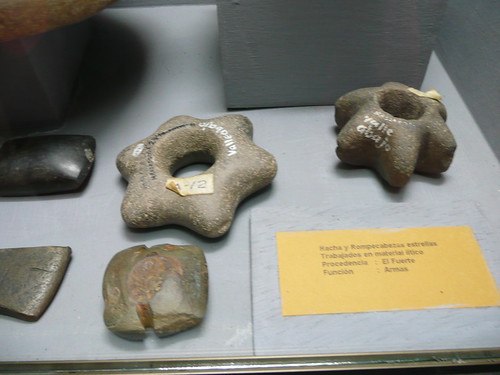
With our Inca introduction, we were prepared for an archaeological expedition of sorts to the ruins of Samaipata. It turns out that the captivating rock structures from the previous day were actually the naturally created walls of the Inca fortification. The road was bumpy with several sharp drop-offs, leaving only random inches between the trucks gripping tires and the cliff's edge.
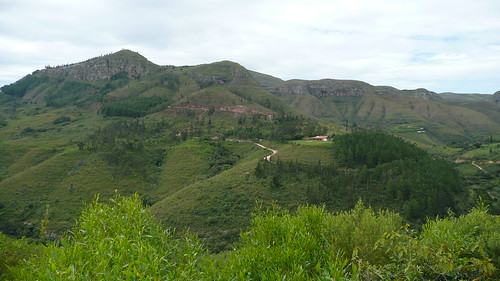
The center of archaeological attention was this strip of sandstone, which from above appeared more as a derelict sloping airfield than a point of international interest. What we were really viewing was the largest "temple of the sun" in the ancient Inca world.
Instead of the few meters long "liquid sacrifice trenches" of Machupicchu, this site contained two trenches over 32 meters in length. What makes this Inca site so special is the magnitude of efforts made to worship their Gods. Nowhere else has the shear size of this temple been matched. This was due to the fact that Samaipata marked the Western-most edge of the Inca empire, so the local ruler was facing opposing armies, many of whom far outnumbered his warriors. Therefore, these Inca outpost occupants needed all the good graces of their gods for survival and put an overemphasis on appeasing their deities.
At the base of the trenches are pooling medallions, one of a panther and another of a puma, symbolizing the earth portion of the Inca trinity: sky, earth, and the under world. This site was uncovered just over twenty years ago and the soft sandstone carvings have almost been erased by erosion. Our guide was pretty vehement about the Bolivian neglect of this world heritage site. In a few years there won't be anything left to protect.
Off to the right of the sacrifice area is a great lawn, where other ceremonies were held. This side of the rock actually served as a great seating area for the upper class to view events on the centered lawn. Just beneath their seats were the enclaves for the mummified bodies of "sun virgins" sacrificed in earlier offerings. It was a supreme honor for you, personally, and for your family if selected to be a virgin sacrifice. One of the Inca's nobles would search the countryside for girls of the age of eight. If fortunate enough to be selected, a girl would then receive five years of education and instruction. At the age of thirteen, the Inca would then select the finest of the girls to serve in the Temple of the Sun. Other girls would either become a consort to the Inca or another noble or be released back their families. Of the virgins selected for service in the Temple of the Sun, only the most select would then be sacrificed, should a natural disaster or tribulation occur requiring the satiating of Pache Mama (Mother Earth).
A little further right of the mummies were the niches for gold and silver idols to the various Inca deities. The remains of the noble seats are more clearly defined here.
A good aspect of this particular archaeological site is the ability to walk through the various portions of the ruins. On our way to another section we caught a glimpse of this really cool hairy caterpillar. "Look but don't touch" definitely applied to this situation, as a friendly petting of the quills would be rewarded with a venomous attack to the nervous system.
This is actually much more than a simple "hole in the ground", and still mystifies archaeologists. First thought to be an Inca water well, it is actually completely dry. One German archaeologist removed debris from the bottom of the well to a measure of more than 45 feet and never struck the water table. The Inca were master miners and stone masons, so a more recent theory is that this was an entrance to a "safe depository" where volumes of gold and silver were kept. There is some evidence to support this theory, since a magnetic compass will not work on the stone temple mount. This is characteristic of areas with large deposits of silver underneath the ground. Since the Spaniards never found the cashes of gold and silver in Samaipata, some believe that the Incas successfully "caved in" the leading tunnels, thus keeping their riches secure.
Returning to the site of the magnetic anomaly, the valley view portion of the temple rock is actually much better preserved than the theatre seating side. The mummy enclaves are much more crisp here, as the sandstone has been more protected from the elements. Five-hundred years ago the openings would have been sealed in silver and gold.
Supposedly, this is the classic sign post for an Inca temple, four boxes with a concentric second and deeper layer. Our Austrian guide explained that the four carved boxes symbolize the Inca creation story, when four brothers and four sisters emerged from lake Titicaca to populate the world. This may be a good time to mention that across the roughly twelve generations of Inca rulers, all except for one married his sister to procreate and produce the next generation of Inca.
Our driver has incredibly discriminating eyes, as he was able to spot this tarantula walking across the road. It was pretty amazing to actually view this large scale furry arachnid finishing his traverse into the safety of the jungle.
I love this town. Everything seems to ooze character. The Spanish design influence is apparent but there is an attitude of independence in the residents, who carry an outward looking disposition.
The town square is actually a garden and restored recreation of the key Inca symbols that are withering away to sand on the overlooking hill.
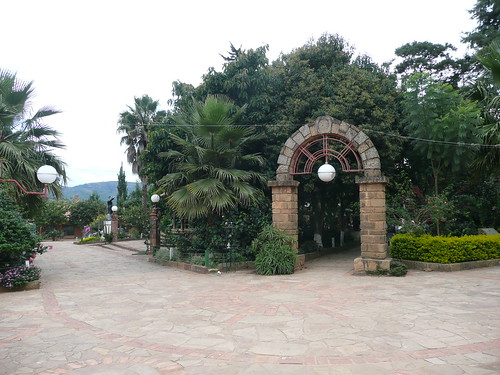

The town church is nothing exceptional, except for the local Catholic priest. He is an ardent biologist and the only known person to survive being bitten by both forms of local viper, twice, while managing to survive. These bites have only seemed to reinforce this stalwart environmental crusader.
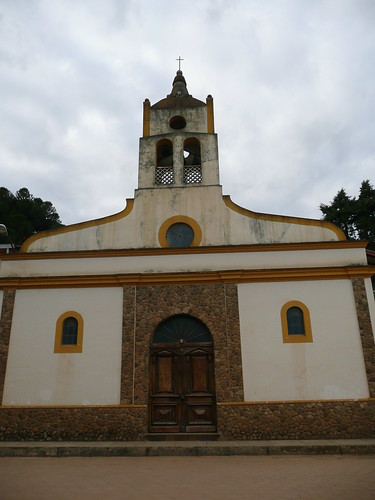
As much as I have loved my time in Samaipata, it also served as a delineation marker, as evening meant leaving the company of Patrick, Morgan and Kelly. They have been a great support network and source of consistent humor though out our Brazilian and Bolivian travels. I hope that we get the chance to meet up again somewhere down the road.
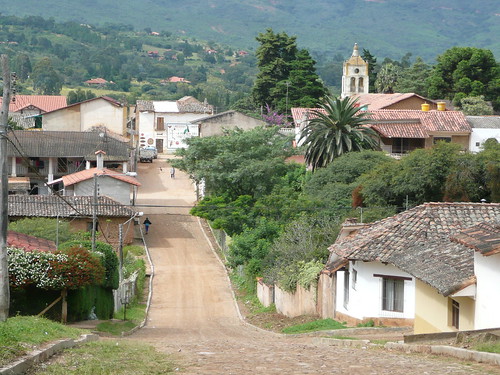
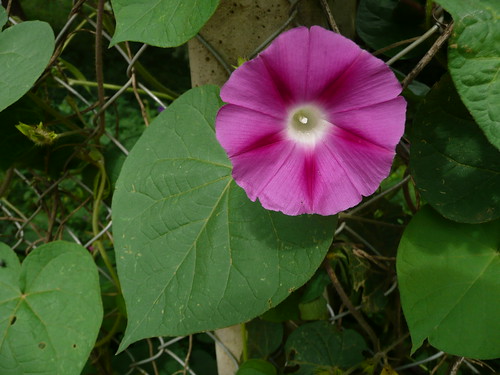
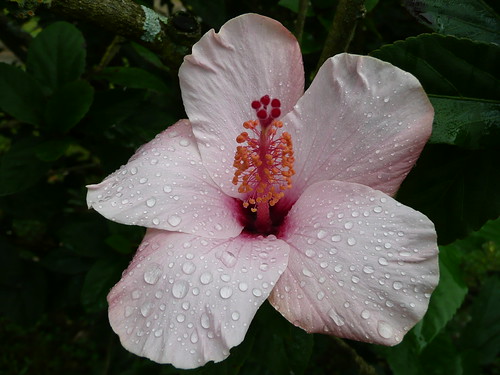


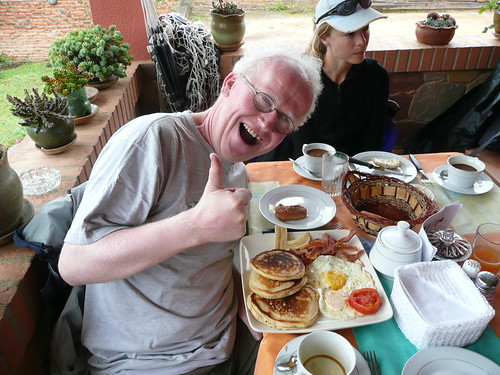

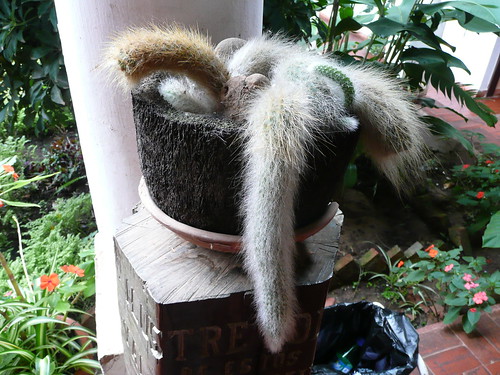
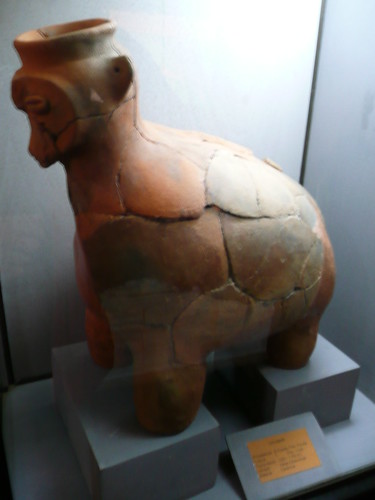
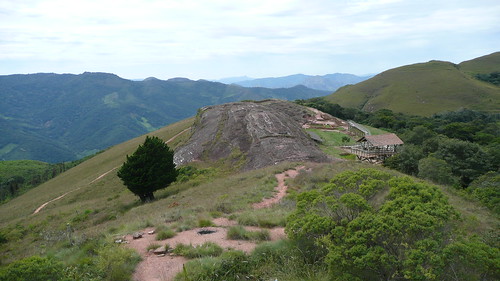
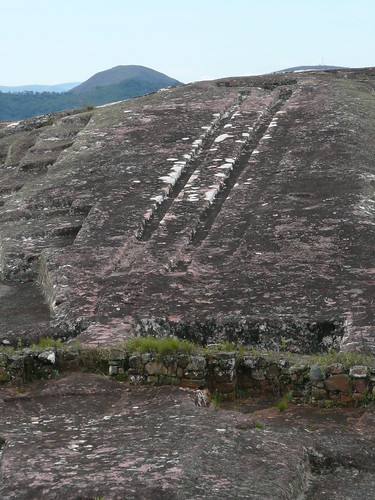


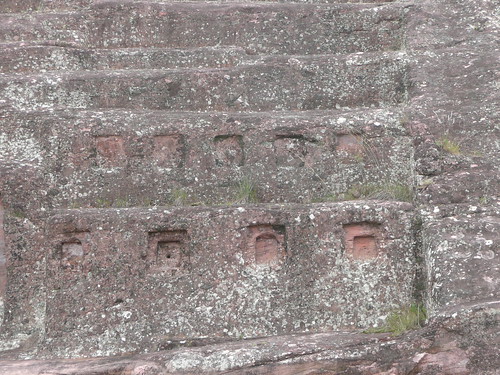
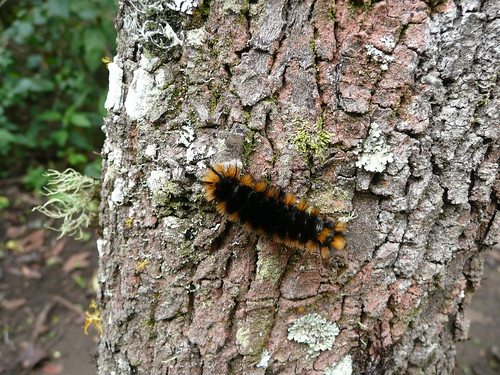
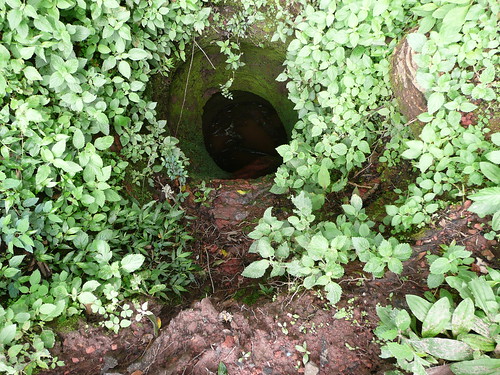
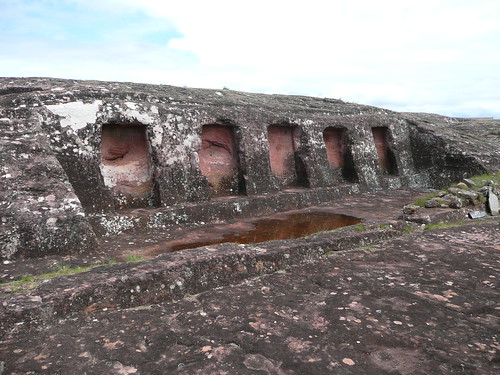
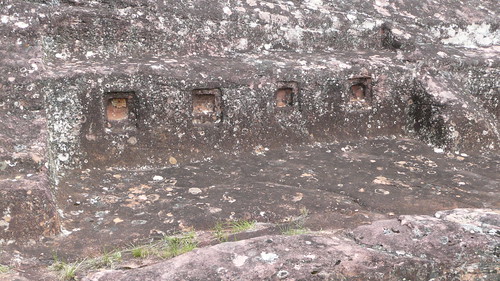
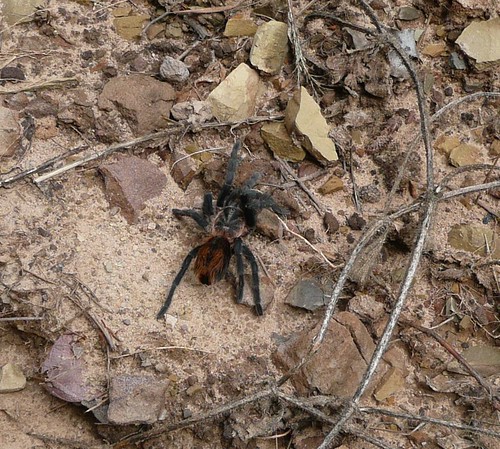
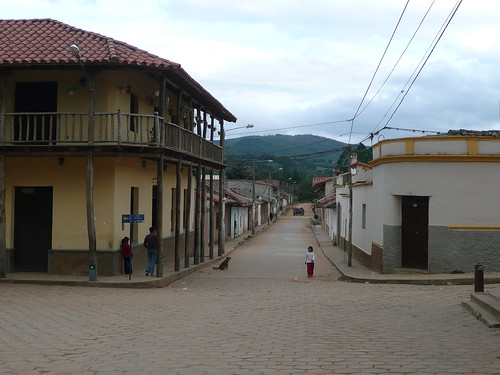
2 comments:
Stunning photos my friend. I always wondered what the ruins of Samaipata were all about. Thanks for the insight. Wonderful stuff.
Hello Paul,
Congratulations for your very nice pictures of Samaipata, Bolivia.
I've been there, I loved that place.
Saludos,
Ricardo Coelho (Brazil)
Post a Comment